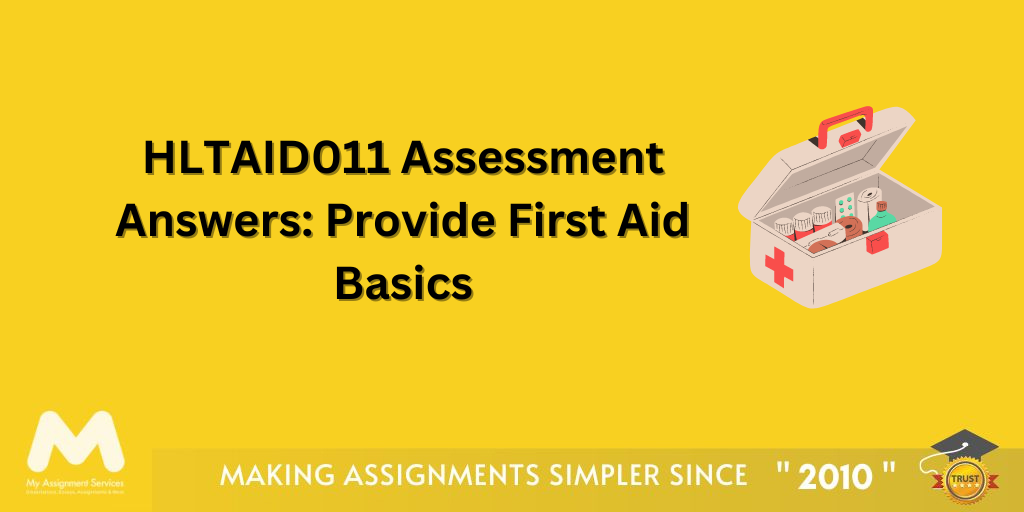
Assignments have often asked students what is the process of bone healing.
The students resort to their academic texts to get a detailed understanding of the process of bone repair after fracture. But that sometimes gets too complex.
The doctors use various ways to repair the broken bone. The method depends on the location and severity of the bone fracture.
Types of Fractures
The bone healing type and process will depend on the type of fracture that the patient is suffering. Read carefully the case and decide whether the fracture is partial or complete.
Some fractures are too severe and some are minor. There a few fractures which need the use of surgery and metal plates while others are just happy with a cast and braces.
The healing process of every patient is different. How fast do they heal depends on how severe is the injury, what kind of fracture did the person suffer, the metabolic activity of the individual, etc.
Why Fractured Bones Need Repairing?
If the patient in your care is reluctant to undergo a bone healing process and you have to convince him/her for the process, how will you do it? I am sure you are not going to throw a pan at their head knocking them out unconscious and then perform the procedure.
You need to explain to them the need of the bones to be repaired.
If the broken bone is not treated or not treated properly, it can lead to –
- Abnormal healing
- Infection from the injury
- Loss of function
- Formation of a blood clot in vessels
- Weak bones
- Damaged skin and tissue around the area of the fracture
- Swelling of nearby joint
The Bone Healing Process or Stages of Bone Healing
Thank god it came to this, right?
I was boring you with unwanted details, eh?
So, these are the three stages overall that every single bone fracture goes through.
Inflammatory Phase
I will talk a little technical here. This stage is the fracture hematoma formation and is the first stage of healing.
Due to the fracture, the blood vessels are torn. These torn vessels throw out blood. Where will the blood go? It collects and clots around the fracture. This clot forms a fracture hematoma.
Did you know that due to disrupted blood flow, the bone cells around the fracture can even die?
Repairing Phase
This is the part where the patients have sleepless nights and are I agony over their broken bone. Once the bone is broke, this process starts a couple of days later and usually lasts for 2-3 weeks, depending upon the severity of the injury.
This type of severity is going to take longer than 3 weeks, I’m afraid.
The body starts developing cartilages and tissues in and around the part where the fracture occurred. The tissue grows around the fracture and keeps growing until the ends meet each other. This tissue growth is called callus and is really helpful for the fracture stabilising.
In the end, the tissue callus is totally replaced by a spongy bone callus called trabecular bone.
Bone Remodelling
Alas, this is the final stage. Your patient is almost ready to be back in the action.
The bone remodelling, as the name suggests, is the affirmation of the bone being back at its place. The spongy bone solidifies and completes the bone healing process.
If there is a slight swollen outer surface, don’t panic as it will heal in some time. If it doesn’t, the patient is going to need further treatment.
Mineral Supplements to Accelerate the Process
The bone is mostly made up of minerals, so taking mineral supplements is going to make the healing process faster. These minerals include –
- Calcium
- Silicon
- Magnesium
- Phosphorus
- Zinc
The process of bone healing improves when the proportion of these minerals is increased in the diet of the patient. The callus formation is improved which intensifies the bone protein formation.
Hurdles in Bone Healing
The process of bone healing is a smooth one but there are some hindrances that make the healing process tumble like a runner in Olympics.
These hurdles can include –
- Too much movement of the bone fragments
- Putting on too much weight on the fractured bone
- Having medical condition, like diabetes
- Side effect of medications like corticosteroids, immunosuppressants, etc.
- Having a fracture in old age
- Low calcium level and vitamin D
Types of Bone Fractures
Even bones have some feelings mate. We cannot treat every single bone fracture as just a fracture. Therefore, they have been divided into a few categories that are called types of bone fractures.
The most common ones that you should be knowing now are –
- Stable fracture
- Open fracture
- Compound fracture
- Transverse fracture
- Oblique fracture
- Comminute fracture
The stable fracture is when the bones break and are like two pieces which can be joined using superglue. They are barely out of place.
Open and compound fractures are the ones where the bone is broken because of a hard blow and breaks the skin and the bone may or may not be visible through the wound.
The fracture has a horizontal fracture line is the transverse fracture.
Oblique fracture has an angled pattern.
The bones shatter into three or more pieces in a comminuted fracture.
Why would an individual with osteomalacia be more prone to fractures?
This is because osteomalacia is a disease in which the bones are softened. The main cause of this is a severe deficiency of vitamin D. Like really severe.
That’s the kind of deficiency. Obviously, a person this weak would have a fracture even if you pat them on the back too powerfully.
-
The nursing assignment help providers at My Assignment Services are proficient with every stage of the bone healing process and can guide you in your assignments like you have to guide a patient in the care. Contact us by emailing us your assignment details here or simply fill the form here. If you want to check the competency of our experts, we can even arrange a personalised guidance session at your request.
Related Study Materials
Our Experts can answer your Assignment questions instantly.
Ask Question0 Comment
Get It Done! Today
1,212,718Orders
4.9/5Rating
5,063Experts













Loved reading this Blog? Share your valuable thoughts in the comment section.
Add comment